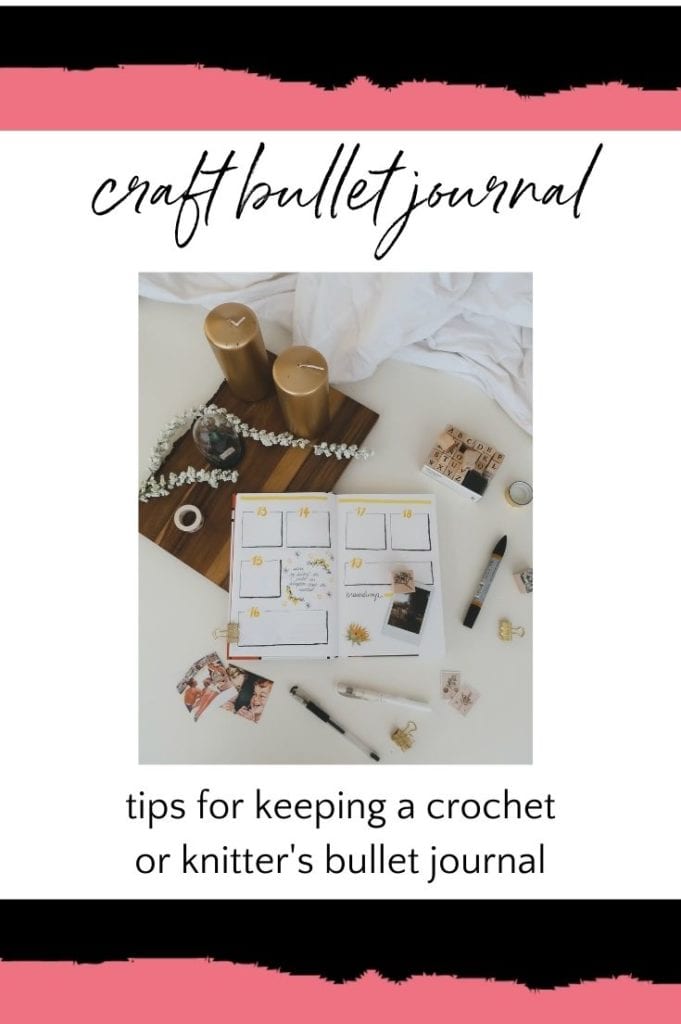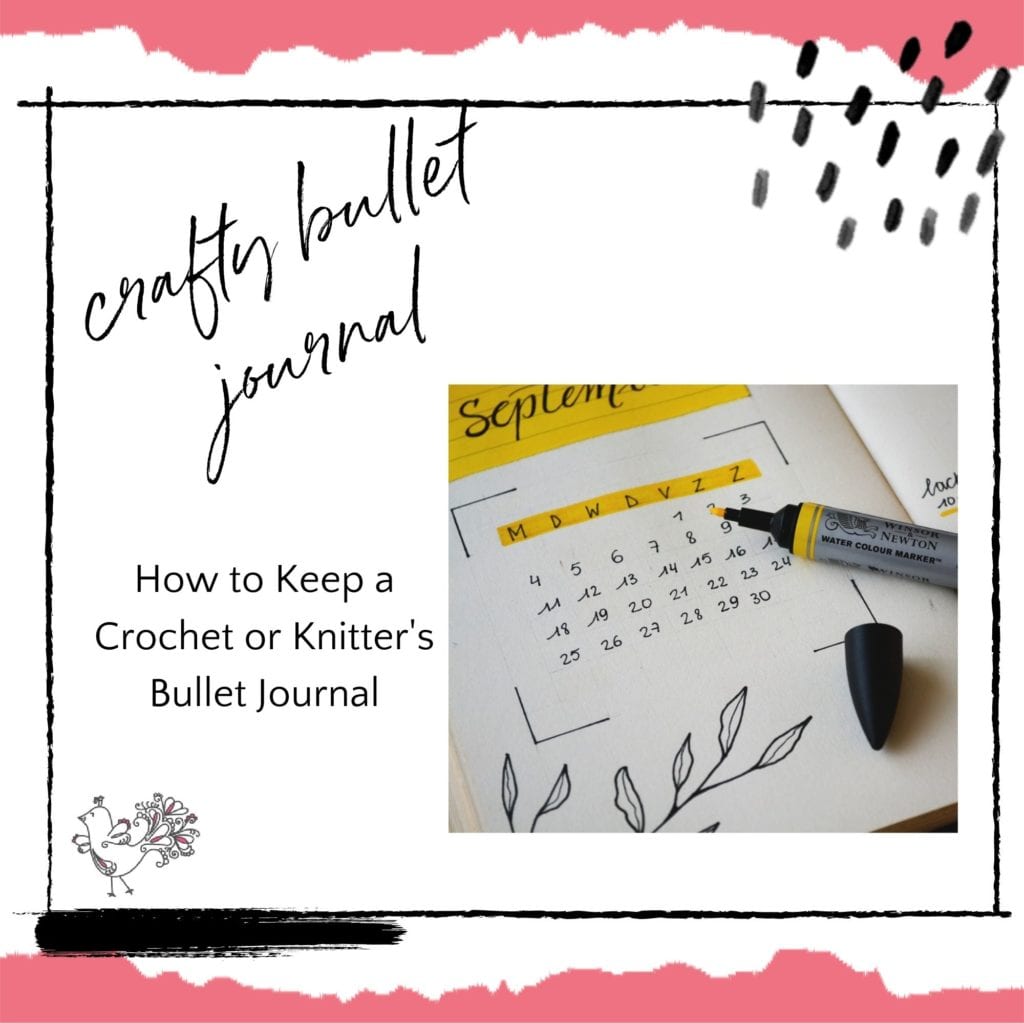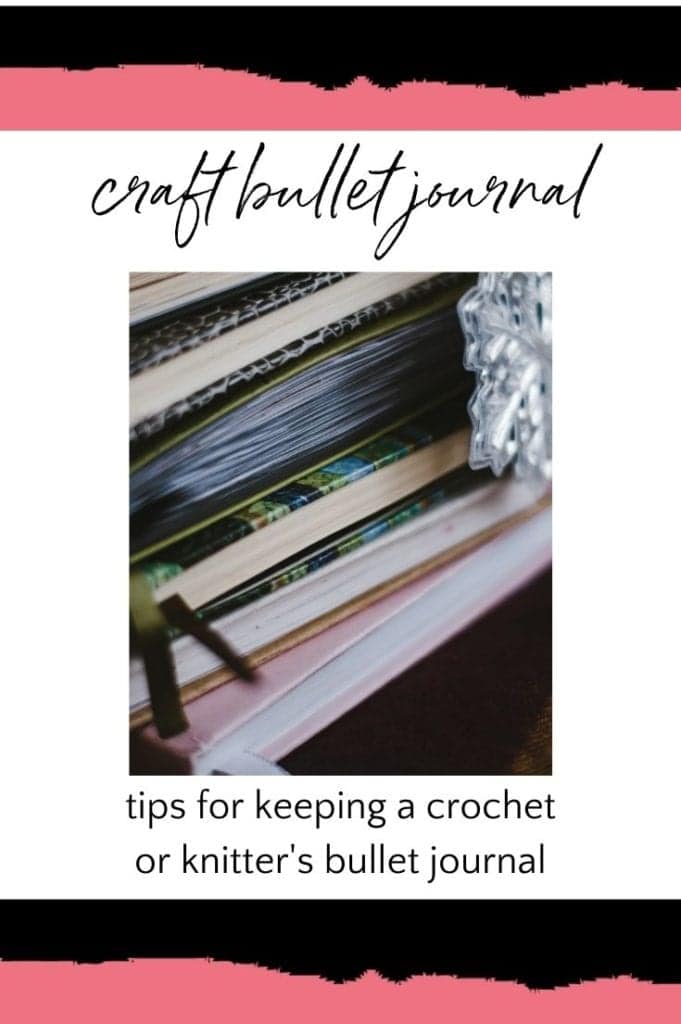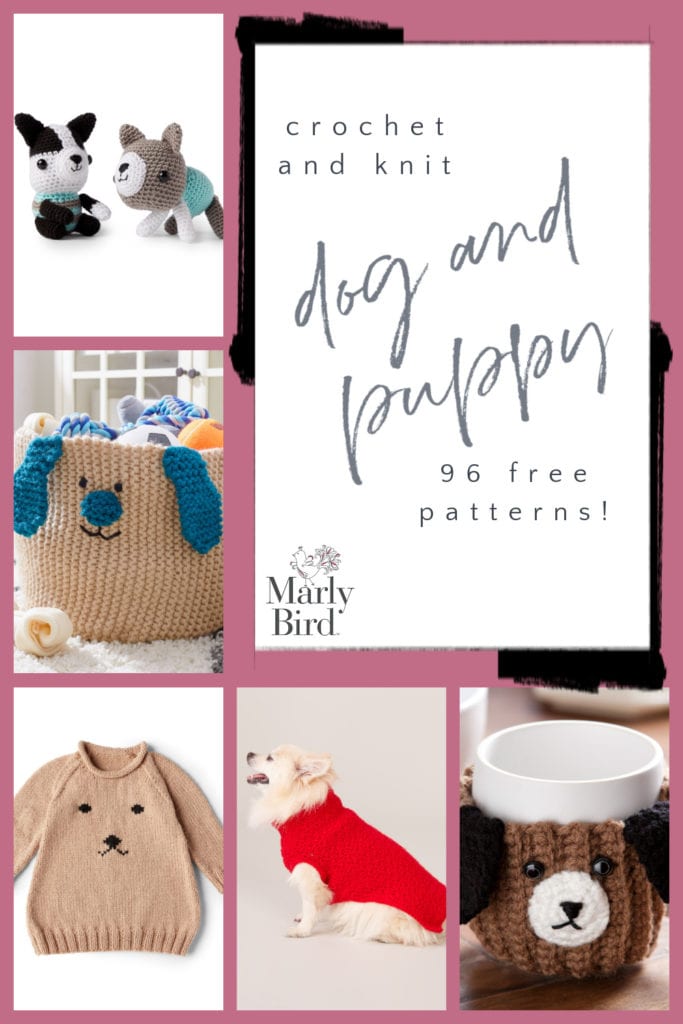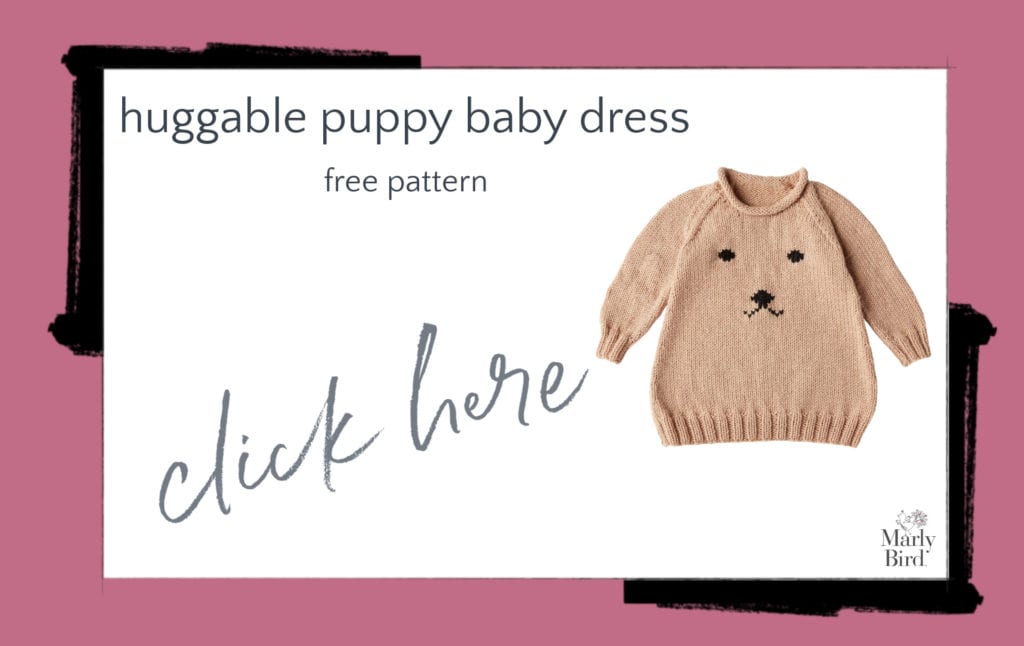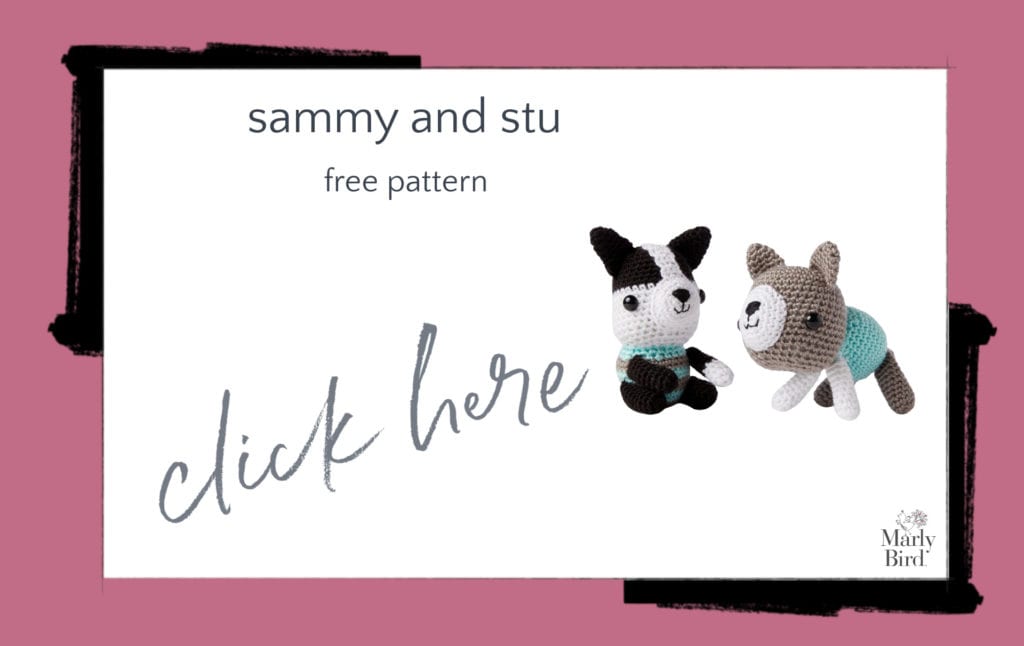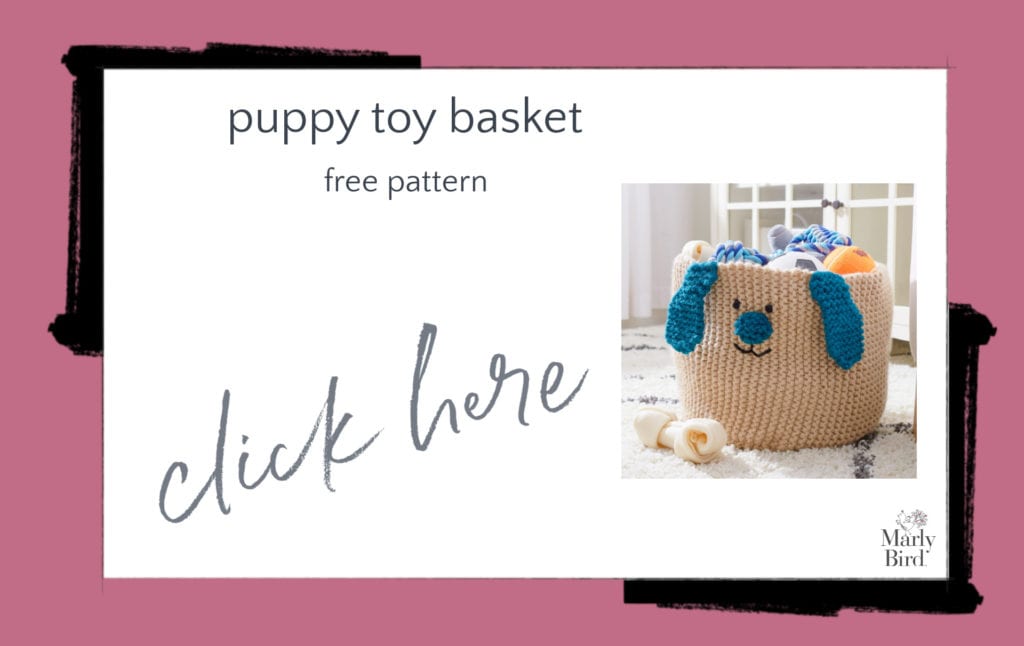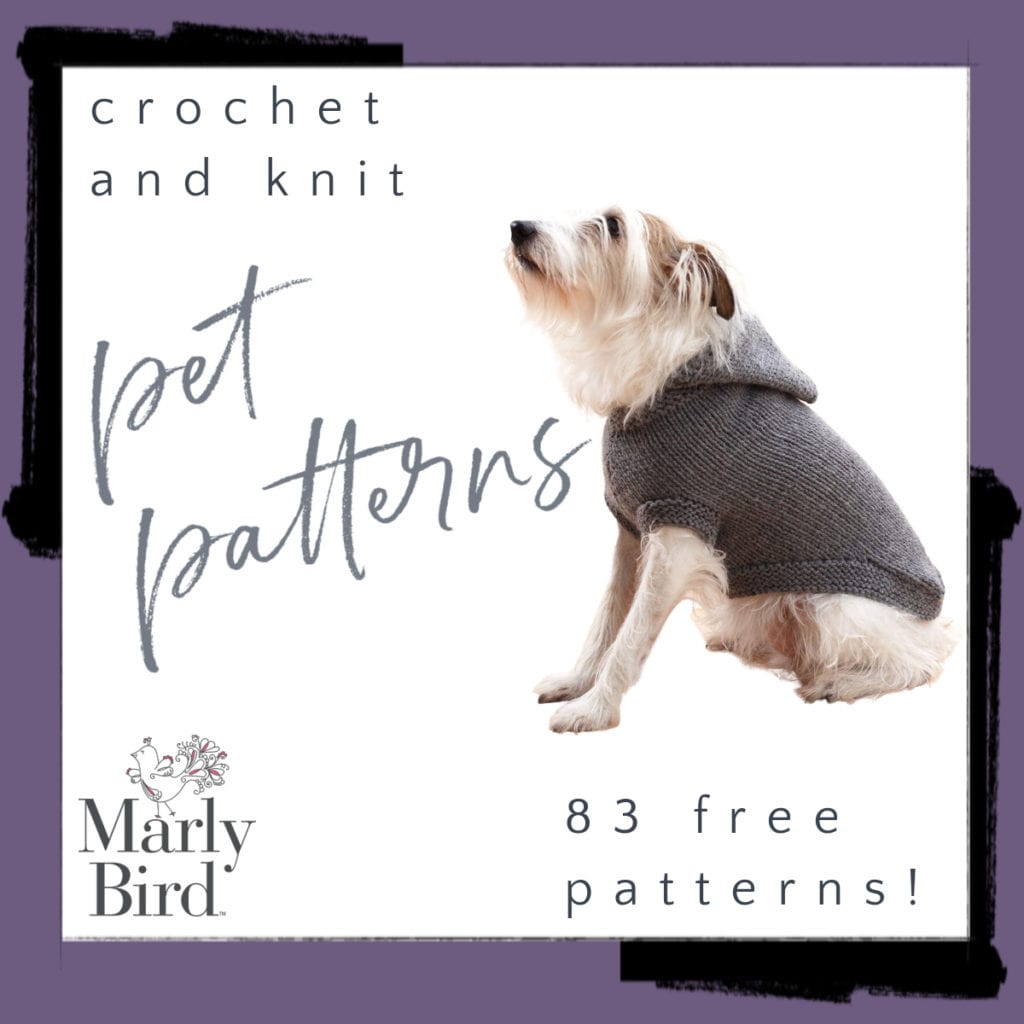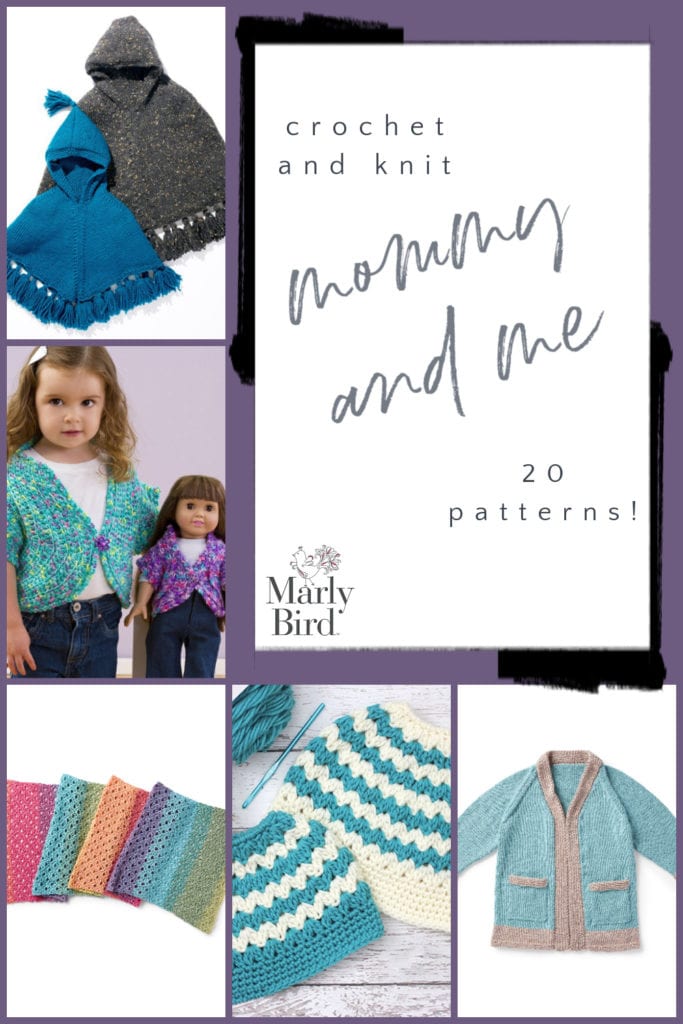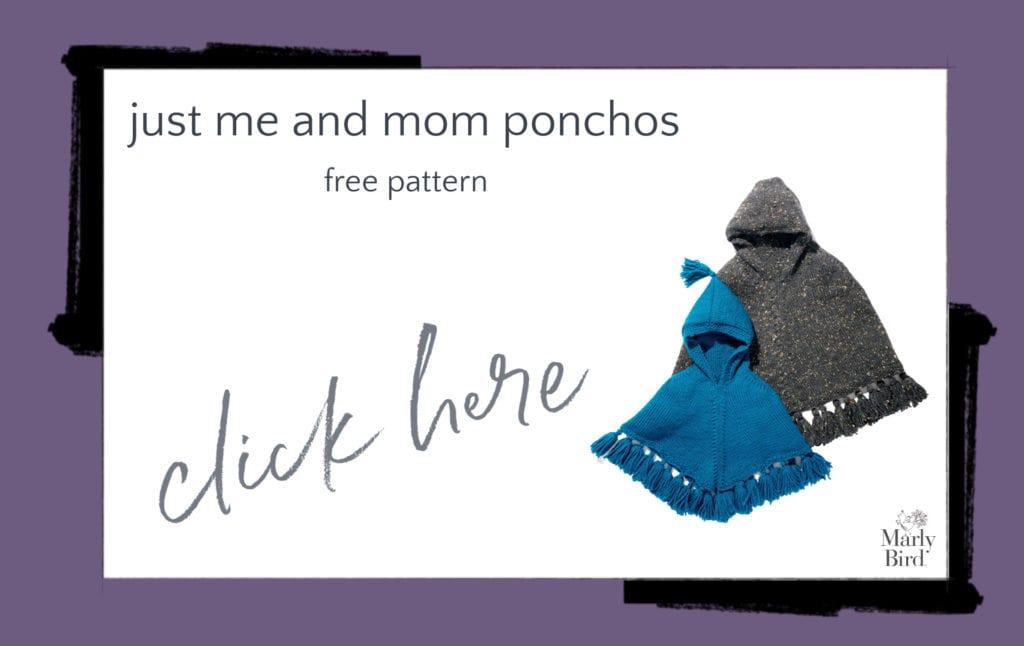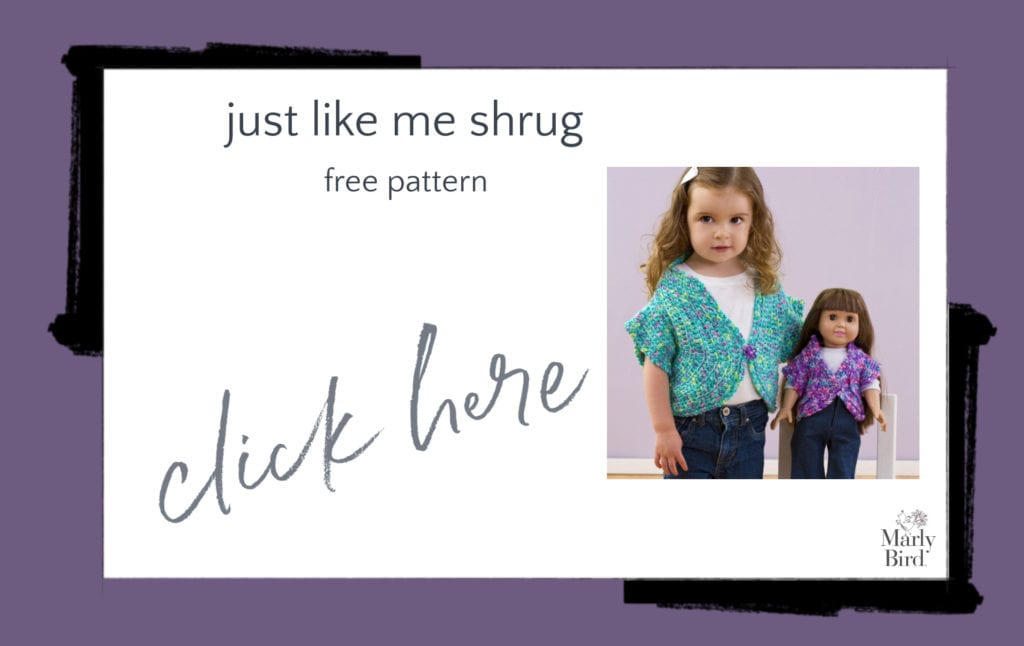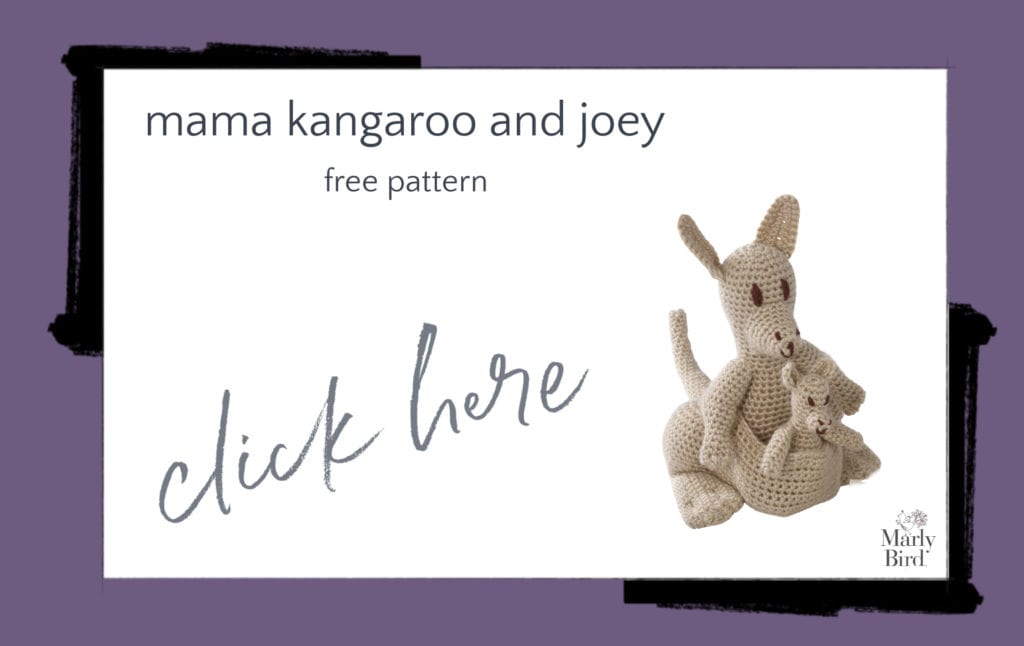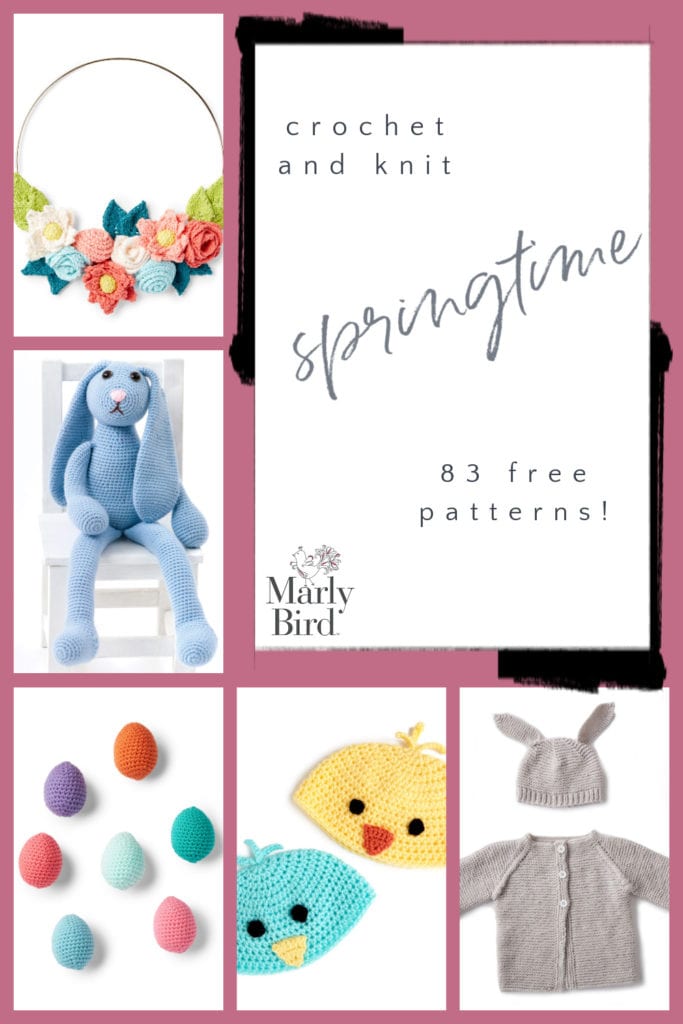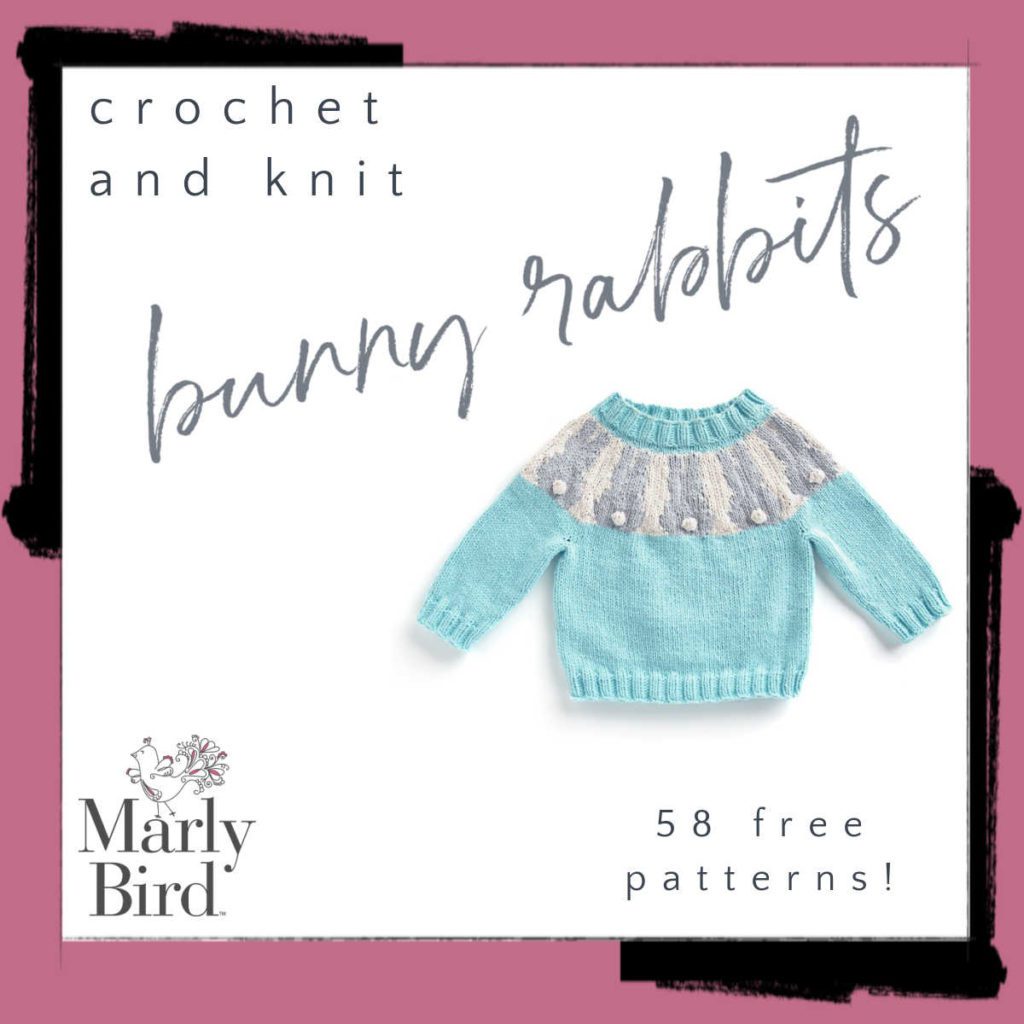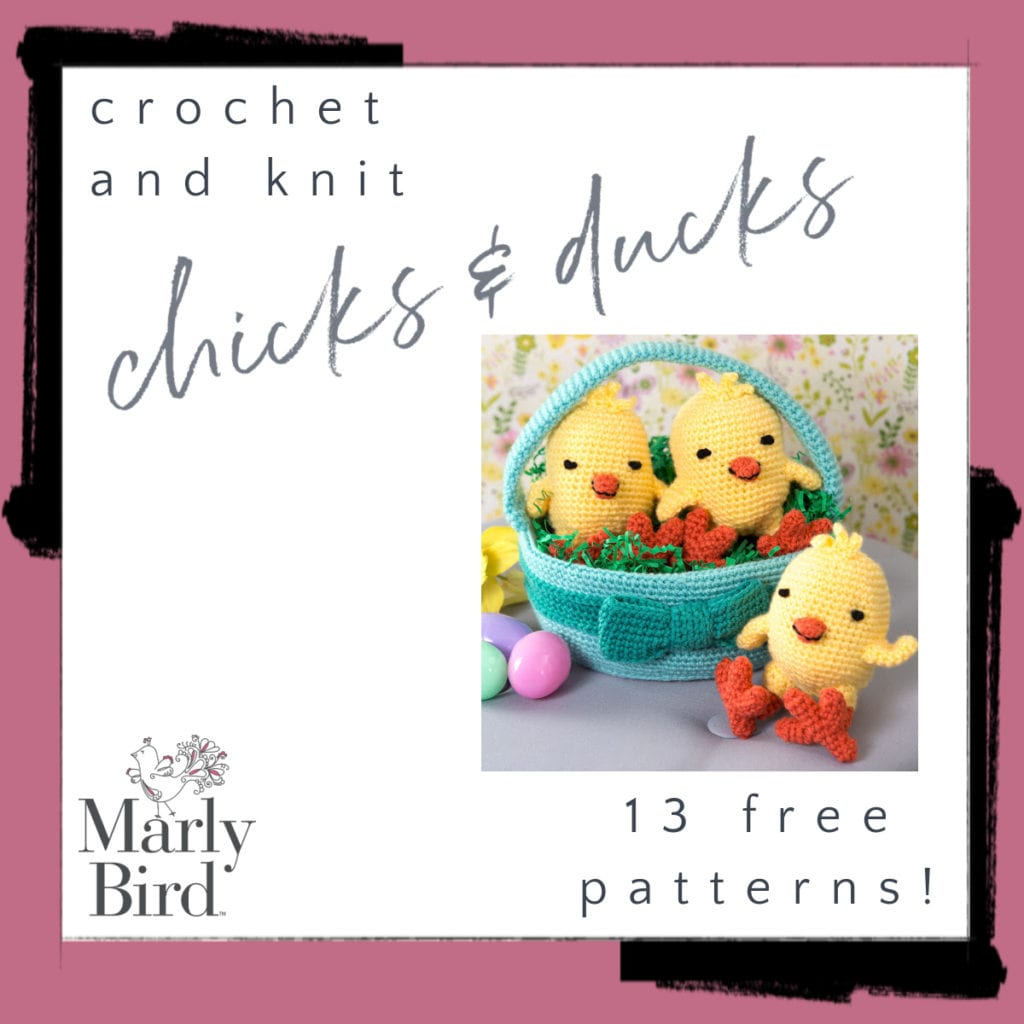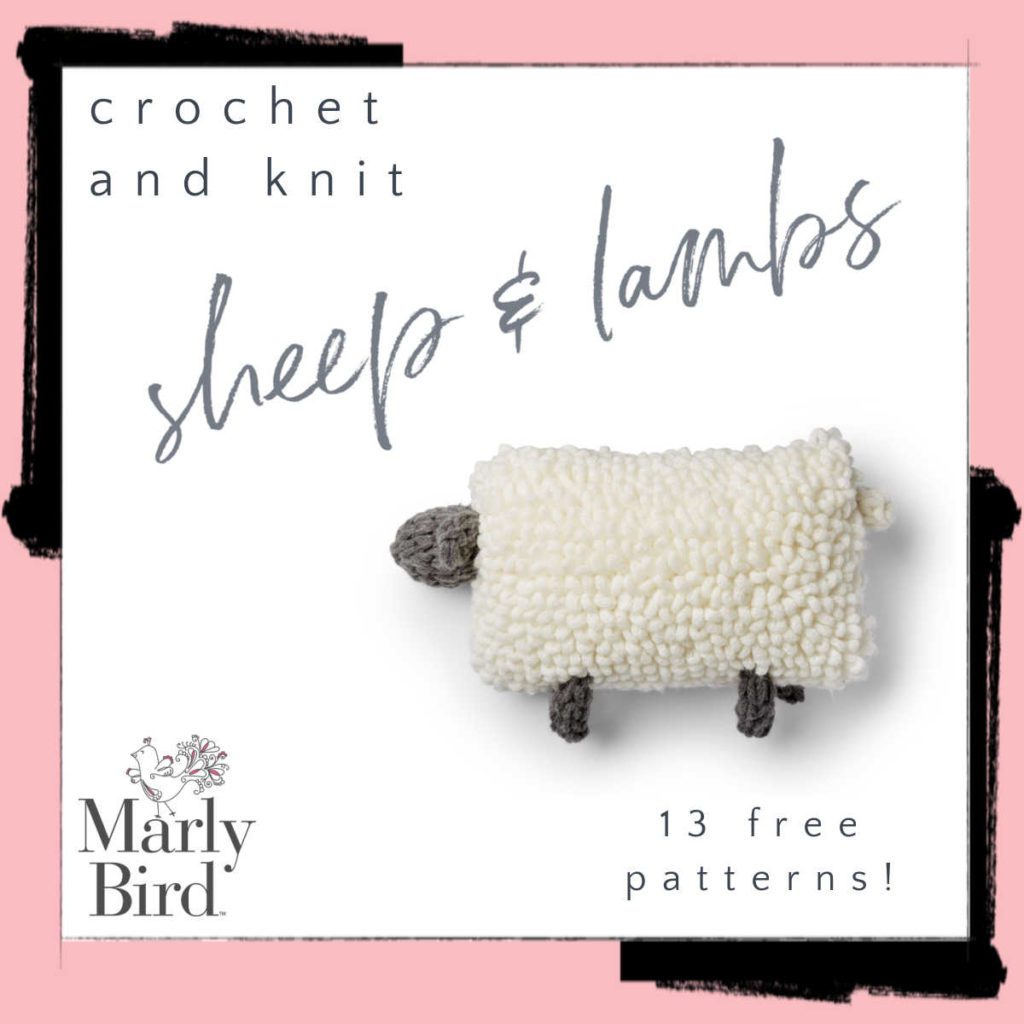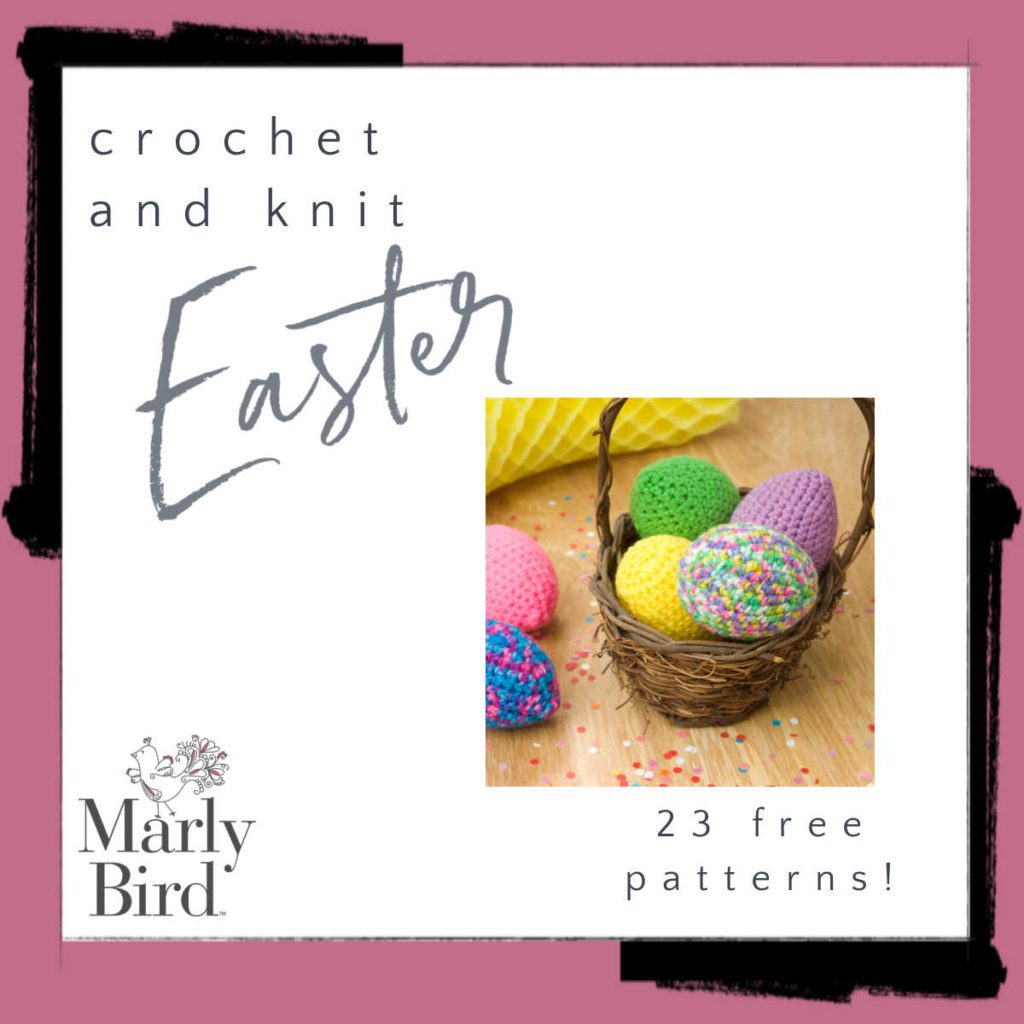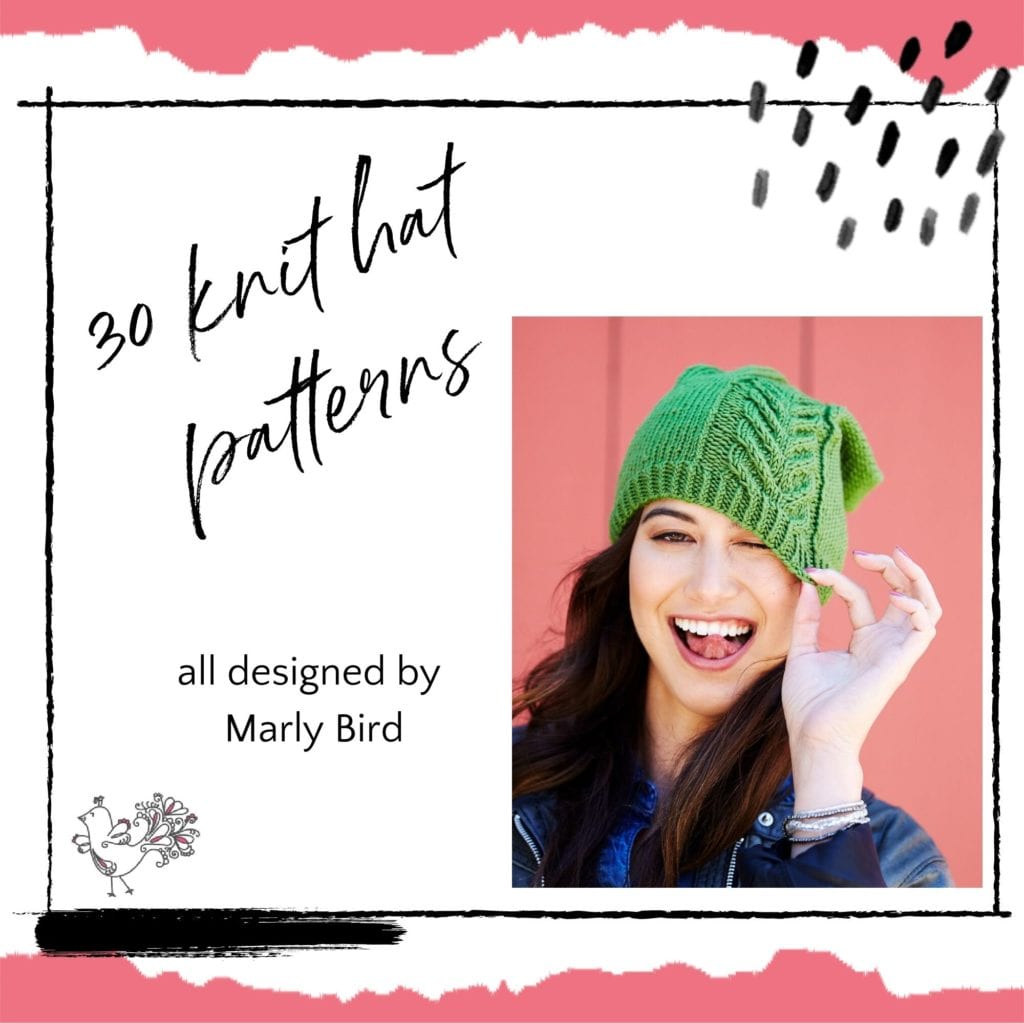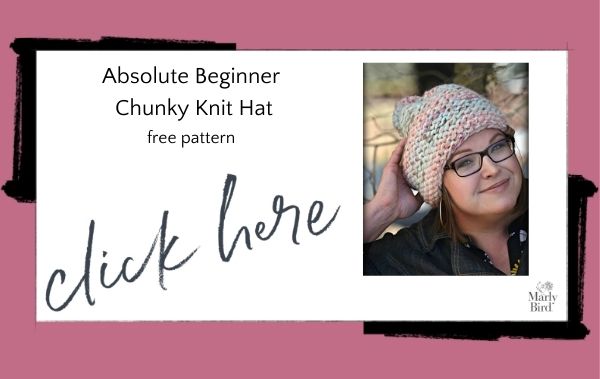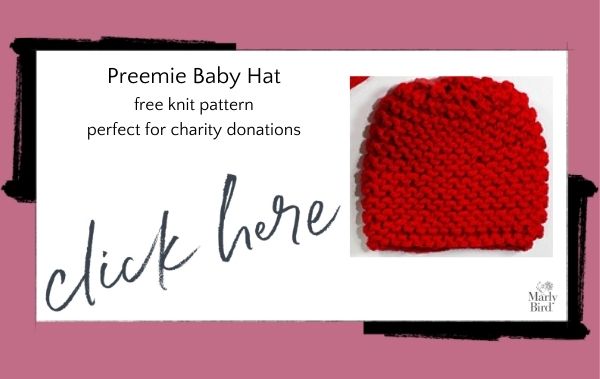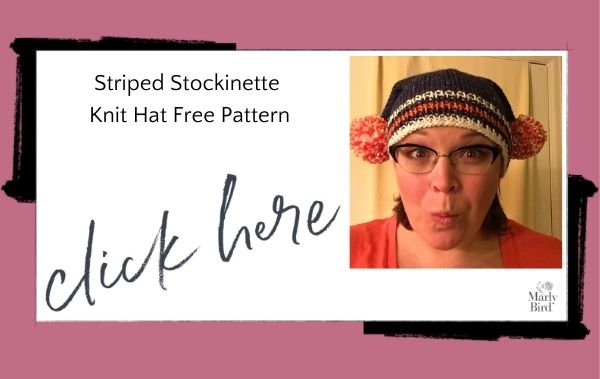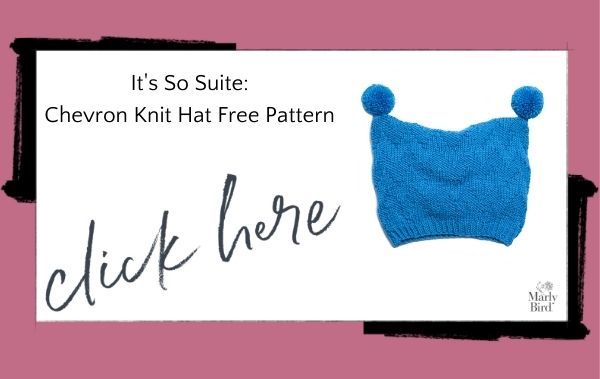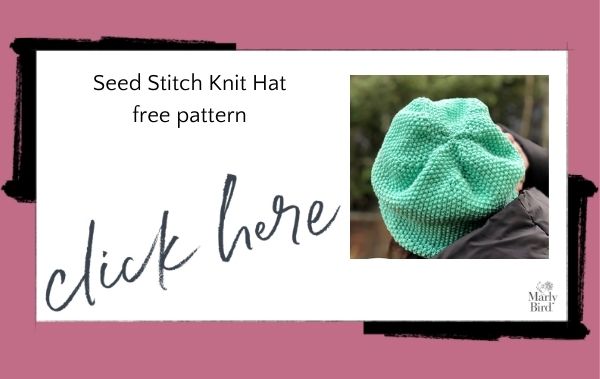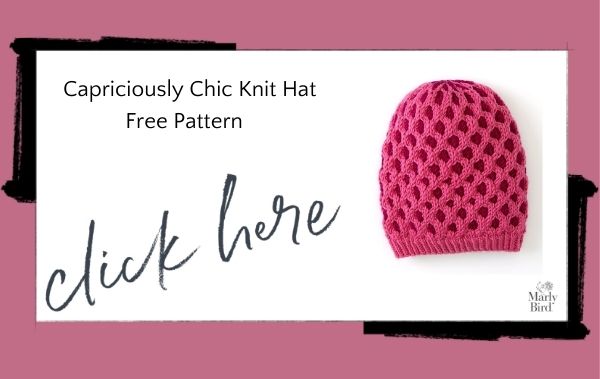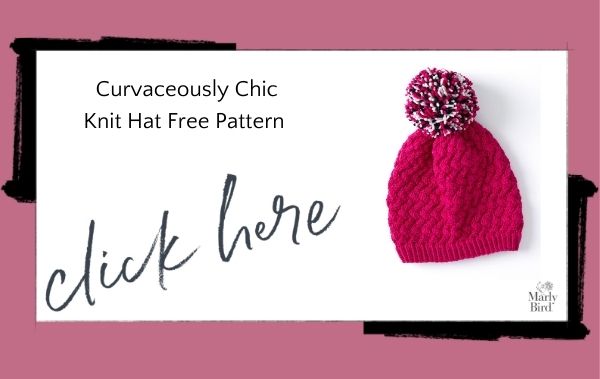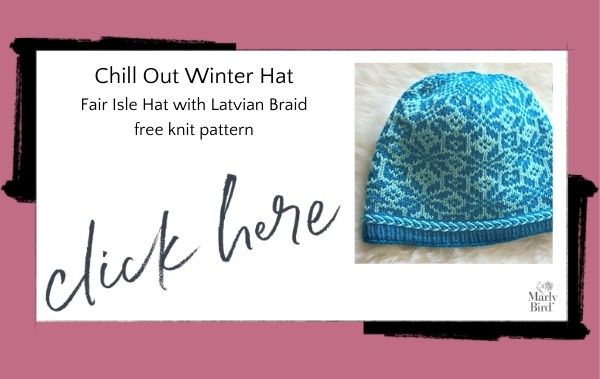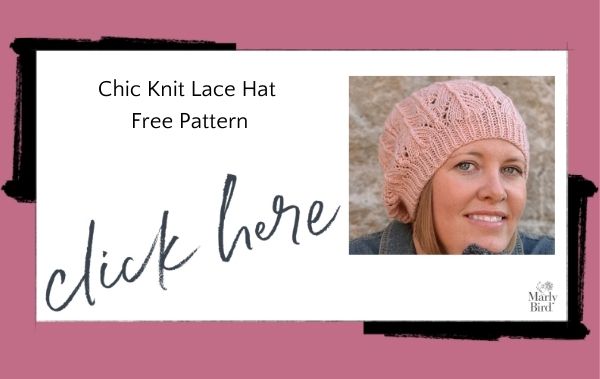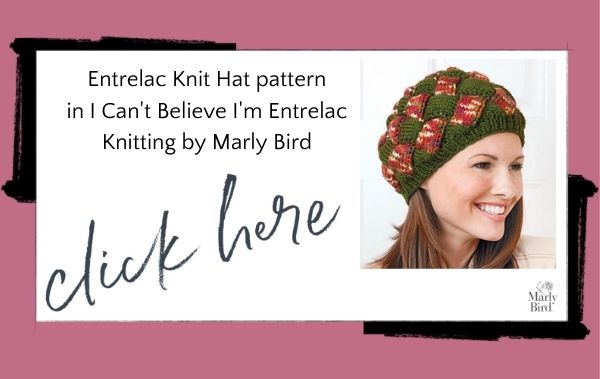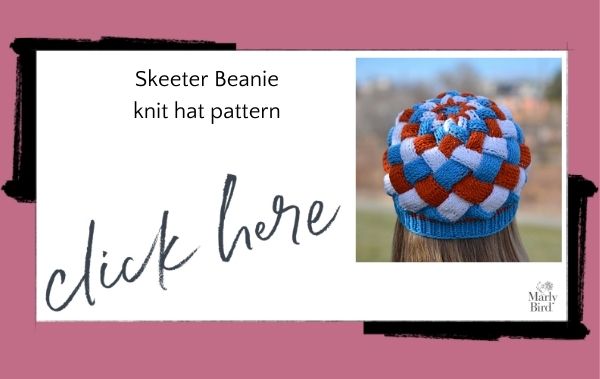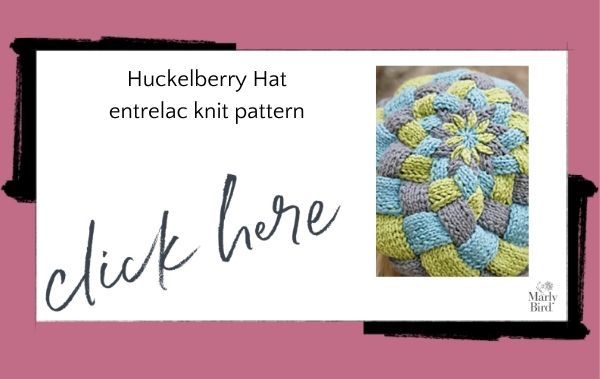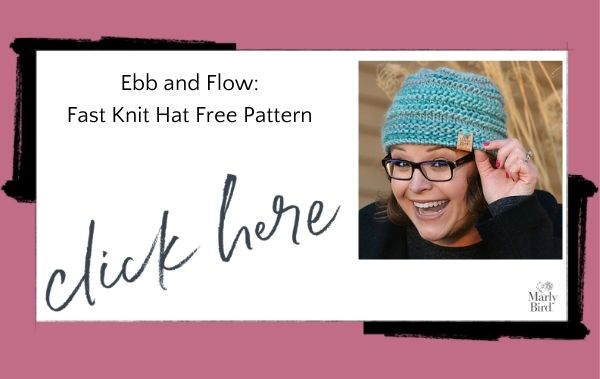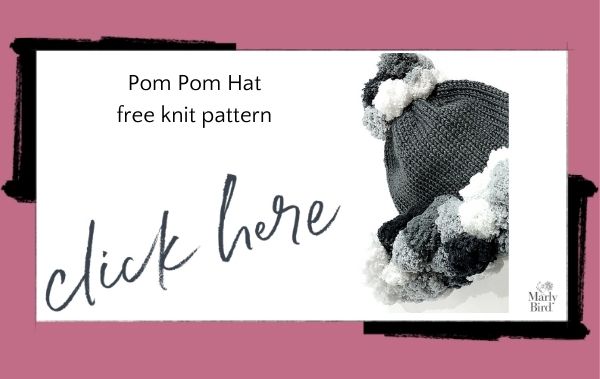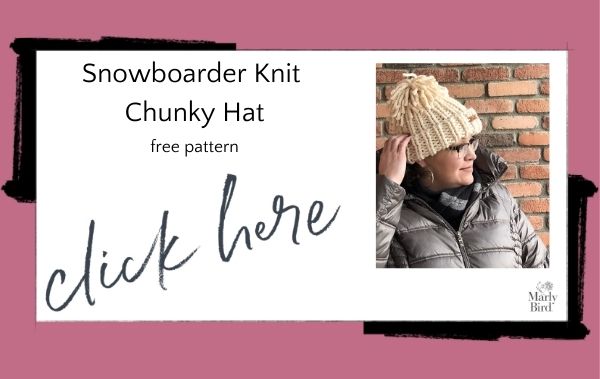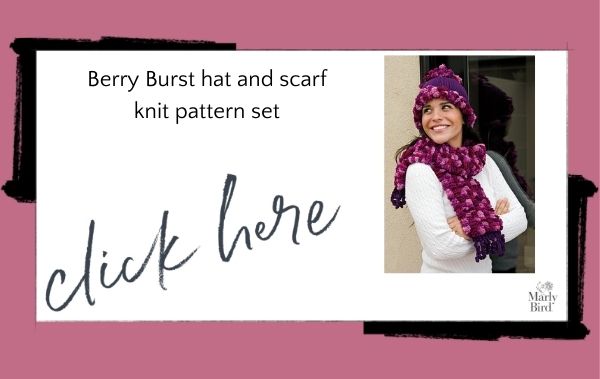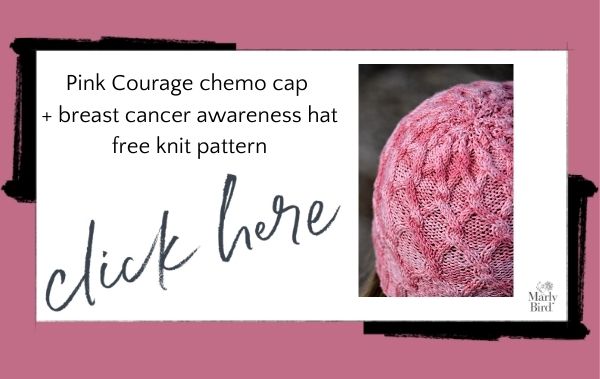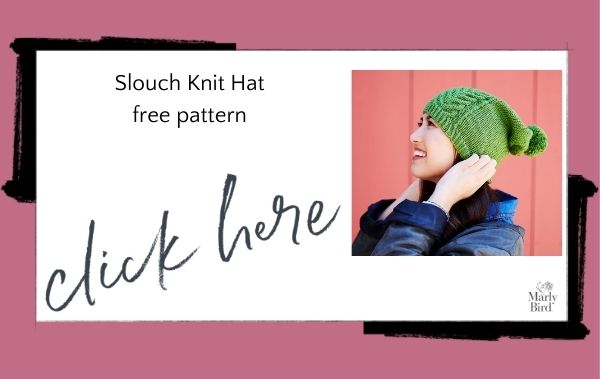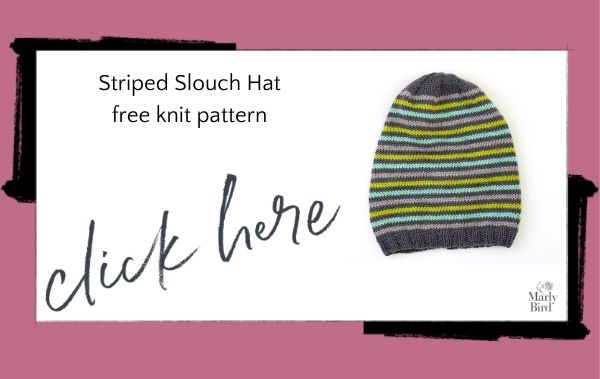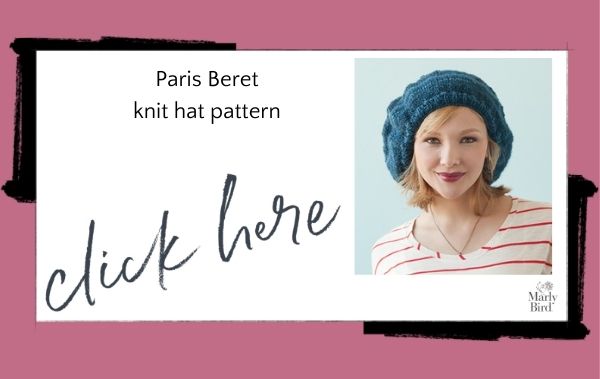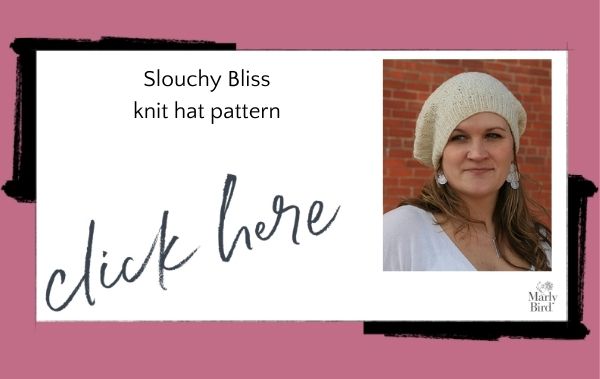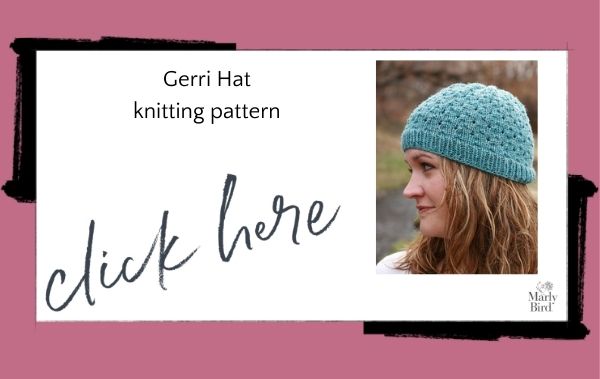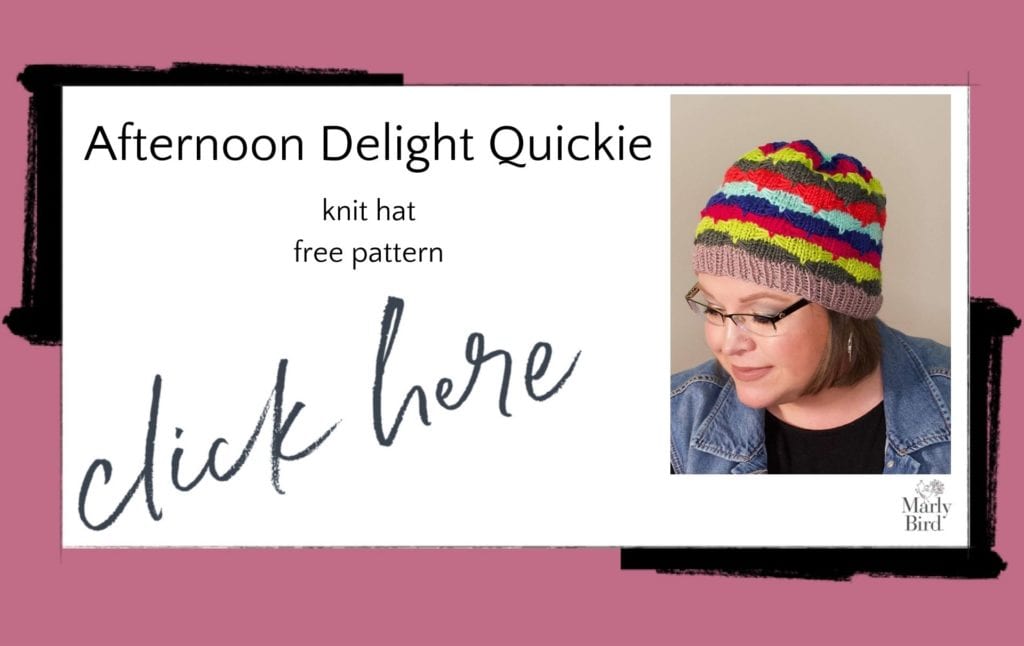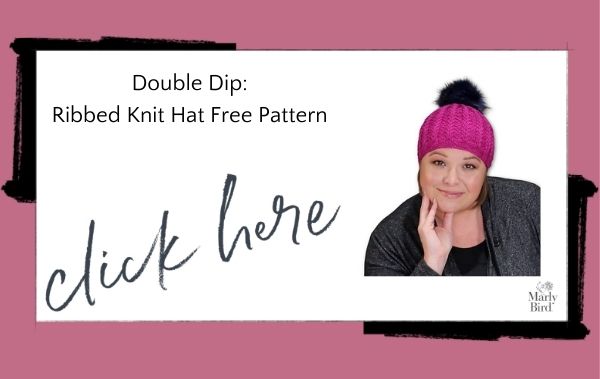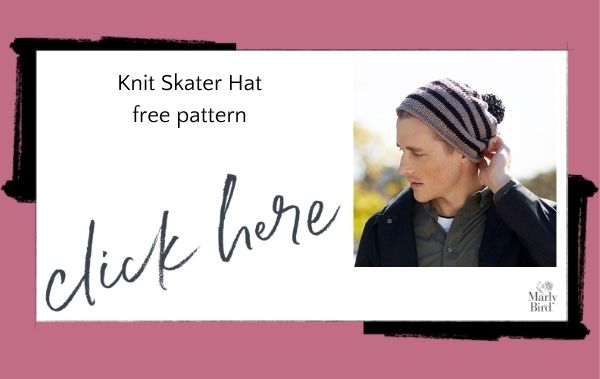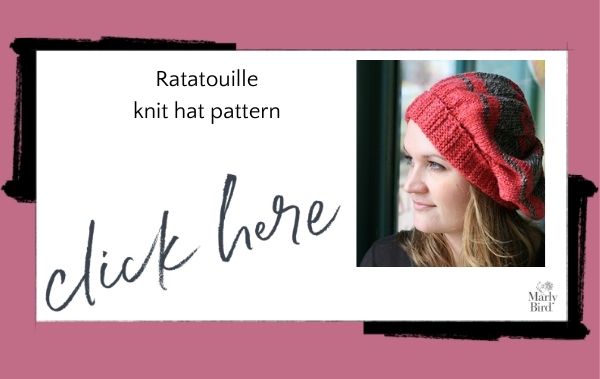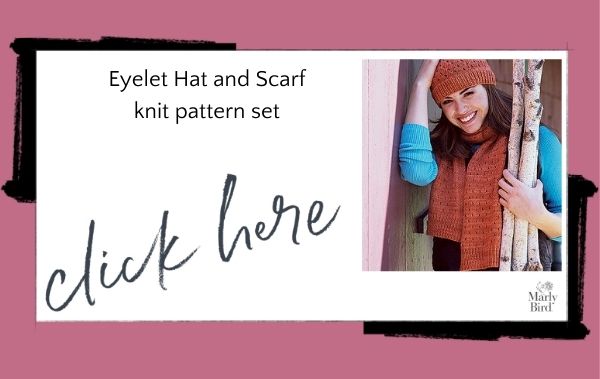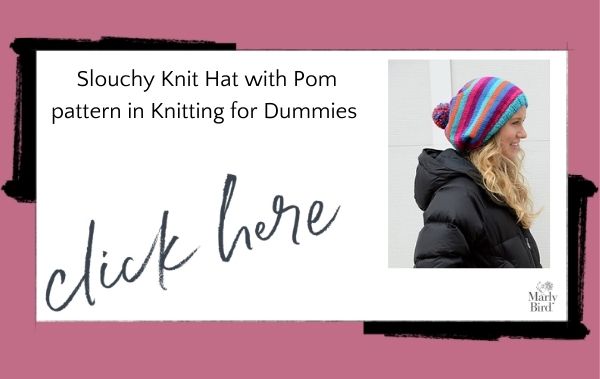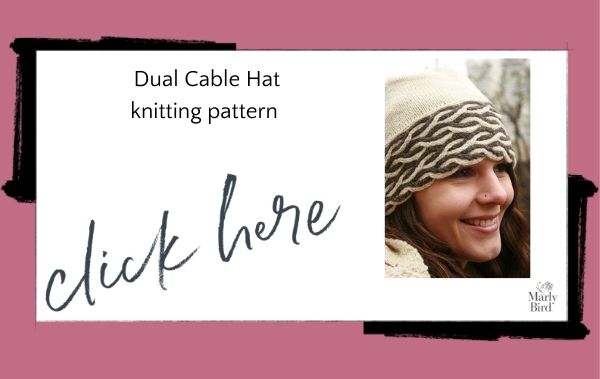As knitters, we have a few very important tools that we work with all of the time. Our yarn and knitting needles, and the combination of the two, can make or break a project. As a beginner, you have a lot of options to choose from. But what are the best knitting needles for beginners? Let’s explore some of your top options.
ARE YOU NEW TO KNITTING? CONSIDER JOINING MARLY BIRD’S FREE BICRAFTY BOOT CAMP: KNITTING LESSONS FOR CROCHETERS. EVEN IF YOU DON’T CROCHET, YOU’RE WELCOME TO LEARN TO KNIT WITH US!
*This post contains affiliate links. By clicking on one of these links and making a purchase a portion will go to the blog. The price you pay will not change and the small commission I receive helps me to keep bringing you free content and giveaways on the blog. Thank you for your continued support.*
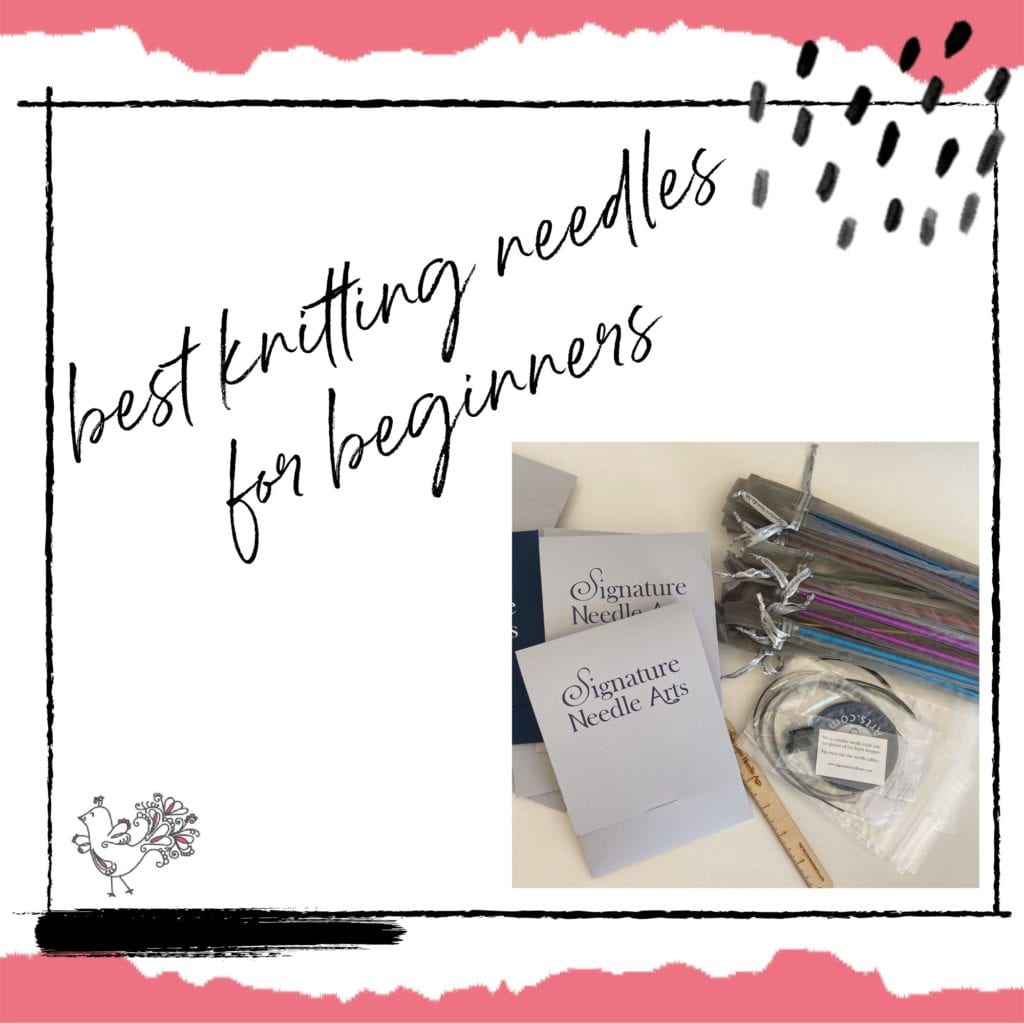
There Are So Many Knitting Needles, Where Do I Begin?
It’s really easy to get overwhelmed by the myriad options out there when it comes to knitting needles. Before we dig deeper into some of your options, we strongly recommend that you check out our Ultimate Guide to Knitting Needles: Everything a Beginner Needs to Know. This will explain the difference between straight, double-pointed, and circular knitting needles, along with many other basics that you’ll have questions about.
Factors to Consider When Buying Knitting Needles
As you’ll learn from that guide, there are a lot of decisions to be made when choosing knitting needles. Here are some of the factors that make up the best knitting needles for beginners:
Needle type
There are straight (single-point), double-pointed (dpn), and circular knitting needles. The guide explains the difference, but what you need to know right now is that many beginners prefer to start with circular knitting needles. They are versatile and starting there helps narrow down what can be an overwhelming array of choices.
Interchangeables
Circular knitting needles have two parts: the needle and the cable. With interchangeables, you can take those apart and switch them out to create different cable lengths with each size of knitting needle. There are pros and cons. Check the ultimate guide for info. If you want the quick-and-dirty option, though, hold off on interchangeables until later. Get yourself a good set of a few fixed circular needles. Rather than buying individual needles, you might want to look at needle sets.
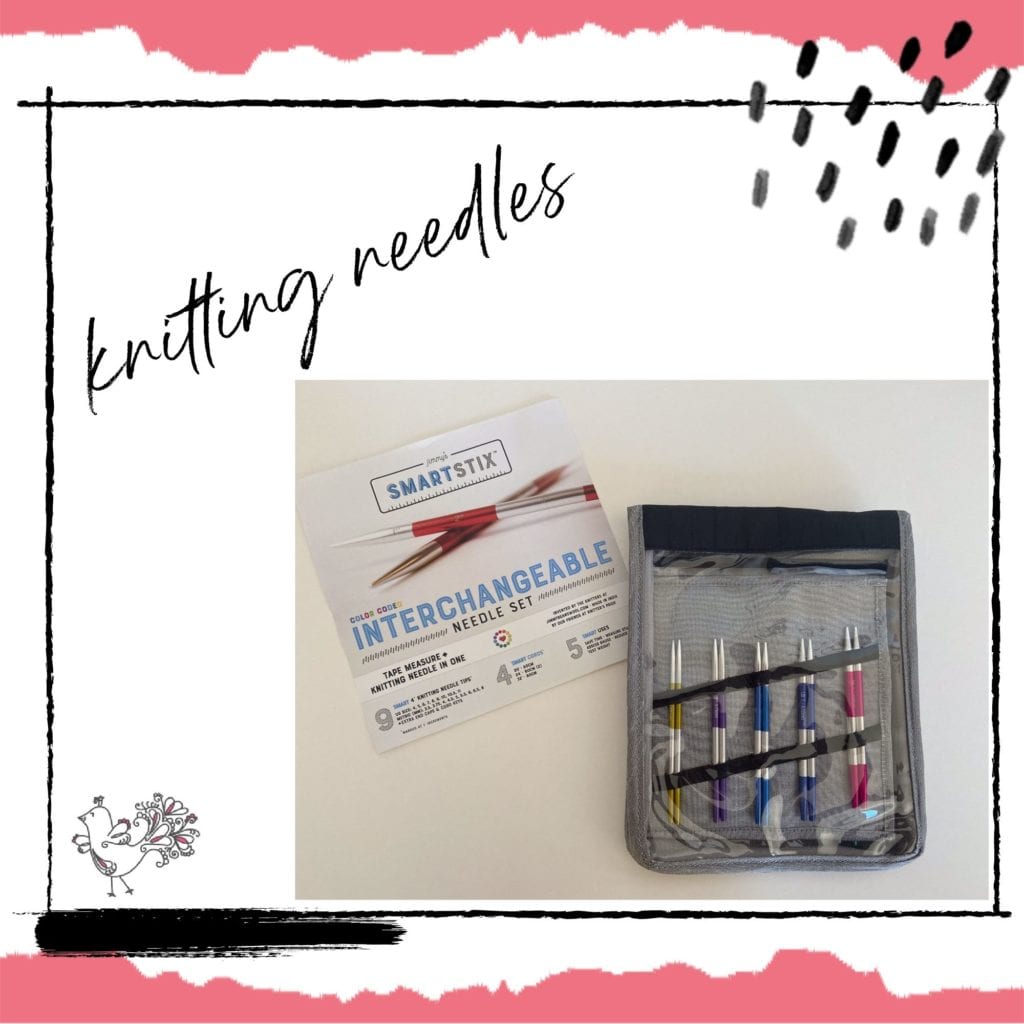
Cable Lengths
There are many different cable lengths for different projects. Basically, you hold the stitches on the cable, so if you have a lot of stitches (for an afghan, say), then you need longer cables than for smaller projects (such as a washcloth.) You can try different options over time, but if you only want to buy one size, then 24″ is a good way to go.
Needle size
Just like with crochet hooks, there are different needle sizes. Typically, you’ll use smaller sizes with lightweight yarn and bigger sizes with thicker bulky yarn. To simplify things, the best knitting needles for beginners are mid-size needles for worsted-weight yarn. So think sizes US 6 – 10 (4.0 mm – 6.0 mm). It’s best to get a few to achieve gauge for different projects, even when only working with worsted-weight yarn.
Needle material
Needles can be made of plastic, wood, or metal. Don’t worry too much about the material when choosing the best knitting needles for beginners. Over time, you can try different options and see what works best for different projects, but whatever you choose to start will be fine for learning.
Cost
You might want to factor cost in when choosing your needles. After all, as a beginner, you don’t know if you’ll love knitting. Therefore, you might not want to spend too much. That said, you do get what you pay for. Look for deals, sales, and promo codes to reduce the cost of good knitting needles that will last you for years to come.
In summary, although you have many different options, you can simplify things. The best knitting needles for beginners are often fixed (not interchangeable) circular knitting needles in sizes US 9 – 10 (4.0 mm – 6.0 mm) with a 24″ cable.
The Best Knitting Needle Brands for Beginners
Of course, there are dozens upon dozens of different brands out there to choose from. It’s best to go with established, trusted brands with a history of making good products, providing solid customer service, and consistently honing their designs to offer the best knitting needles for beginners. Here are some of our favorite needles from our favorite brands. (Full disclosure: some of these brands are sponsors of Marly Bird’s BiCrafty Boot Camp: Knitting Lessons for Crocheters. We chose to work with them because we think they’re among the best.)
Knitter’s Pride
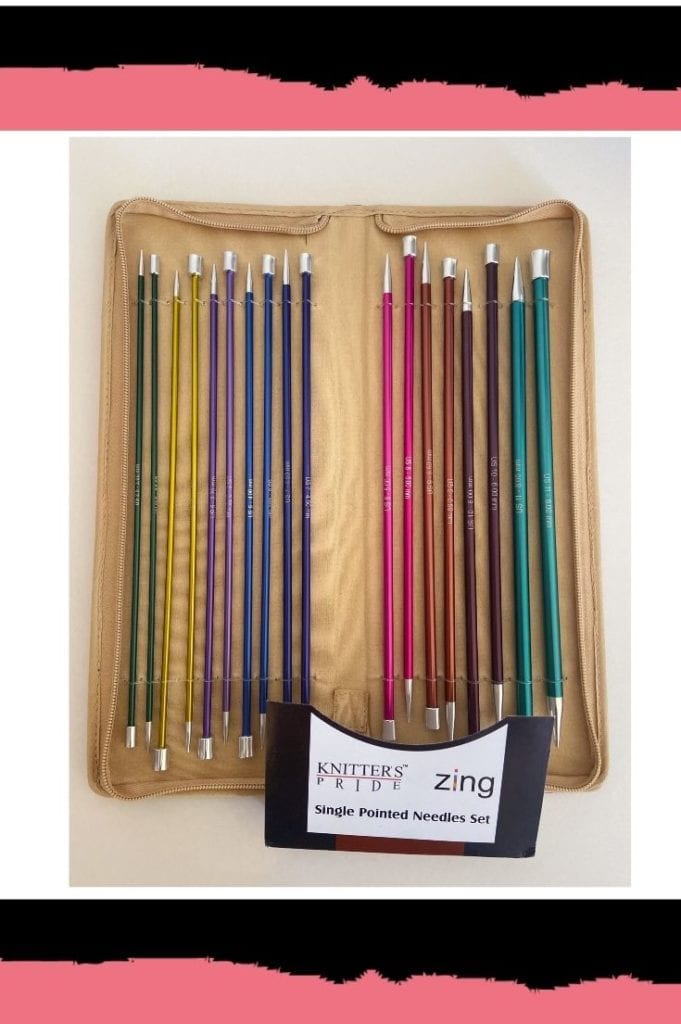
The best knitting needles for beginners who are concerned about cost might come from Knitter’s Pride. Here are some of our favorites from this brand:
- Deluxe Ginger Needle Set (wood)
- Royale Set (wood with metal tips)
- Zing (metal)
- Marblz (plastic)
- Karbonz (metal)
- Dreamz (wood) *we voted these as The Best Knitting Needles for the beginner knitter outside of a big box store*
ChiaoGoo
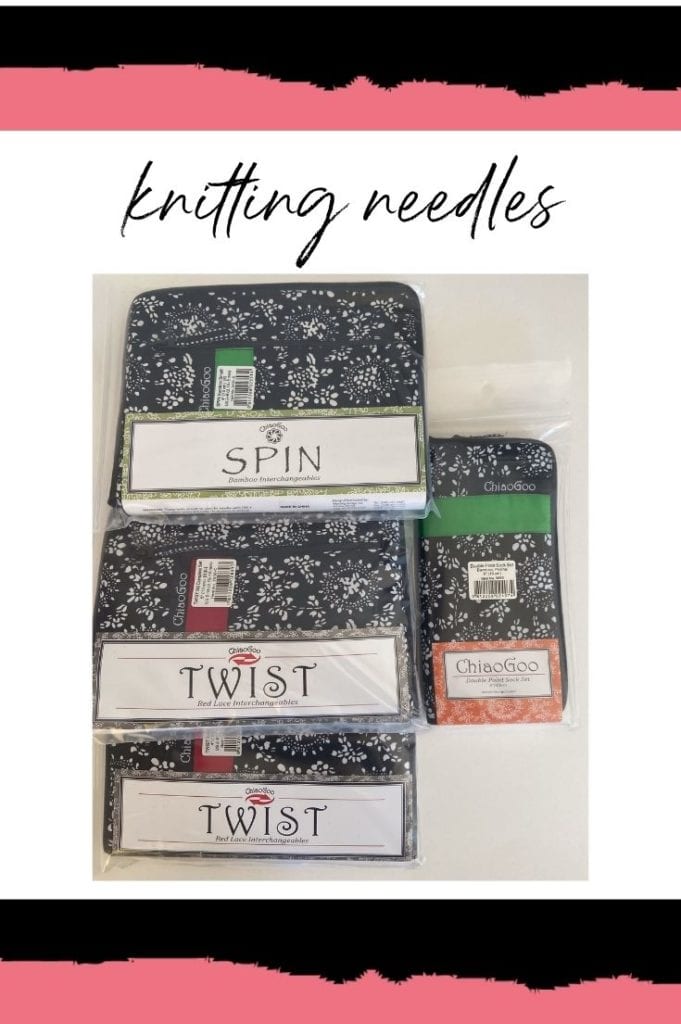
Beginner knitters serve themselves well by buying a good, solid set of interchangeable knitting needles. ChiaoGoo has some terrific options for sets. Here are some of our favorites from ChiaoGoo:
- Interchangeable Twist Red Lace Set (metal)
- Shorties (metal)
- Interchangeable Spin Set (wood) *we didn’t show these, but they are available*
- Fixed Red Lace Circular Knitting Needles
Jimmy’s
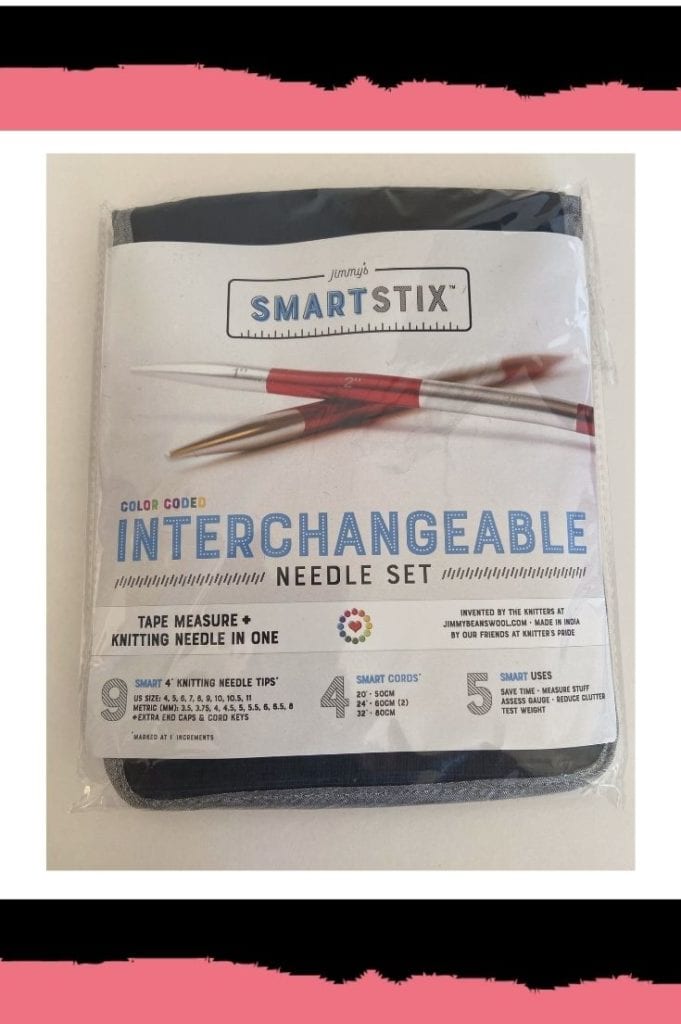
You can get a variety of terrific knitting needles from Jimmy Beans Wool. If you decide that you want to try interchangeables, we particularly recommend Smart Stix.
Signature Arts
If you want to get a good set of each type of knitting needle, then we recommend these three options from Signature Arts:
Other Good Knitting Needles for Beginners
There’s no harm in shopping around. We like a lot of different knitting needles, and everyone finds something unique to their liking. If you don’t think any of the options above are right for you, then here are some of our other favorites:
- Takumi Bamboo 24″ Circular Knitting Needles
- Knit Picks Fixed Circular Needles
- Knit Picks Rainbow Interchangeable Knitting Needle Set
- Denise Knitting Needles Interchangeable Set (plastic)
- Susan Bates: Circular Needles (metal)
- Hiya Hiya: 4″ Sharp Interchangeable Needle Set
- Hiya Hiya: 5″ Sharp Limited Edition Deluxe Interchangeable Needle Set
- Indian Lakes: Circular Needles Hexagonal Handcrafted Needles
- Indian Lakes: Interchangeable Hexagonal Handcrafted Needles
- Kollage: Square Needle with Firm Cable (metal)
- Kollage: Square Needle with Soft Cable (metal)
- Addi Clicks Lace Long Tips (metal)
- Kollage: Interchangeable Set
- Addi Clicks Lace Short Tips (metal)
- Addi Turbo Basic (metal)
- Driftwood Interchangeable (wood)
You Might Also Like:
Check out our complete guide for how to store knitting needles.

